All about breeding cacti

The sight of a blooming cactus causes genuine admiration even among people far from indoor floriculture. During this period, a modest-looking plant is covered with bright and spectacular flowers, giving it a special decorative effect. Very often it is the luxurious look of the cactus, decorated with unusual flowers, that inspires and motivates growers to expand their green collection. How do cacti propagate at home? What methods are used for this? What should be considered when breeding these exotic plants?
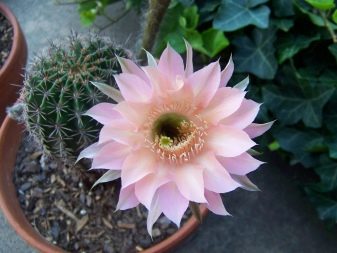
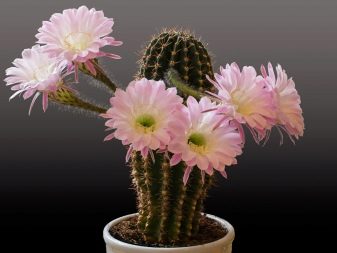
Peculiarities
Reproduction of cacti at home, most often, does not cause any particular difficulties. These unpretentious plants are appreciated by flower growers for their unpretentiousness to the conditions of maintenance and care. They also do not have special requirements for breeding and growing, so even an inexperienced florist can cope with these tasks.
However, the exotic origin of cacti, which come from South and North America, still dictates some conditions that must be observed when growing and propagating these plants. Failure to comply with these requirements can lead to diseases, poor survival and even death of flowers.
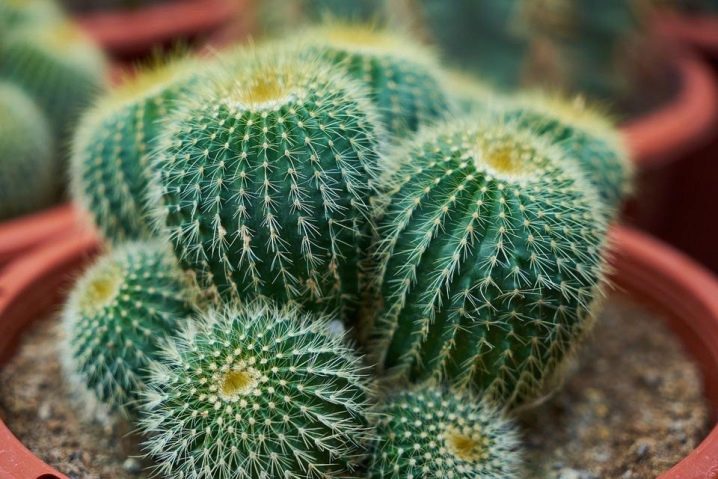
For the reproduction of these representatives of exotic flora, the following are usually used:
- seeds;
- cuttings;
- "Kids";
- vaccinations.
Certain varieties of cacti do not form shoots, therefore they can only be propagated by cuttings or by sowing seeds. Natural reproduction of cacti in the wild occurs precisely through seeds.
With regard to home conditions, this method is quite time consuming and difficult.
The simplest and most popular method of breeding these exotic plants involves the use of "babies" or offshoots. In the natural habitat of cacti, their reproduction by "children" takes place with the participation of wild animals. Thanks to the thorns abundantly dotting the surface of the "children", they, like a burdock, cling to the wool of the inhabitants of the savannas and prairies, after which they easily overcome considerable distances with them.
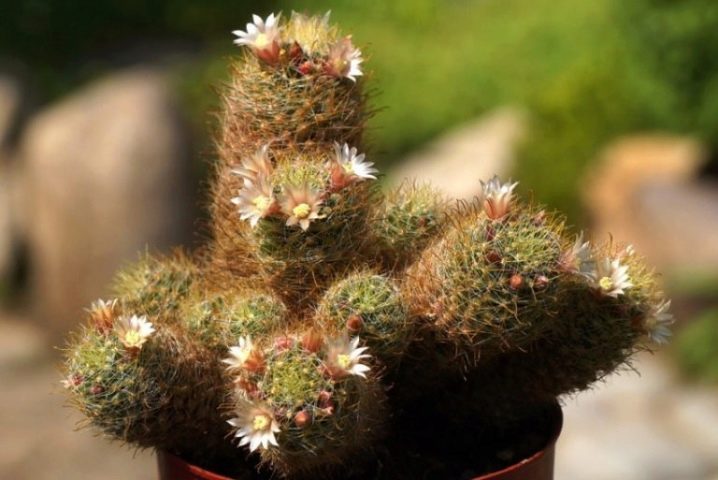
Even very small "babies" of cacti have the rudiments of roots, which ensure their quick survival when they get into wet and loose soil. Under favorable conditions, after a short time, a full-fledged adult plant develops from a small "baby".
The propagation of cacti by cuttings is usually resorted to in the case when, due to their species characteristics, the plants do not form "children", and it is impossible to get seeds from them. In this situation, cut stem fragments are used as planting material, which are rooted in the substrate.
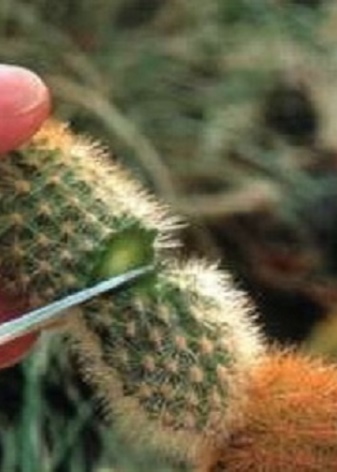
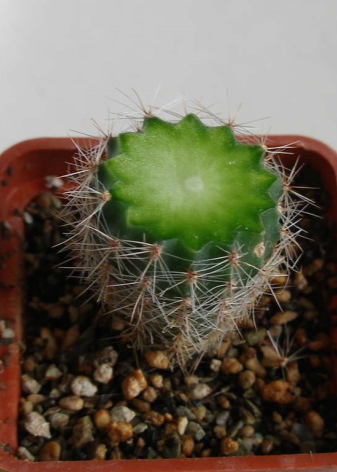
The most difficult way is considered breeding plants by grafting. This method is used in extreme cases - for example, when it is necessary to save a decaying flower. The grafting method is also used when breeding hybrids.
The most suitable periods for the propagation of cacti by shoots and cuttings are spring and summer. In these seasons, plants receive a sufficient amount of light and heat, and metabolic processes in their tissues are most active. Taken together, the presented factors determine the increased endurance and survival rate of young exotics.
It is best to start propagating plants by seeds in January-February.In this case, young seedlings, hatching from seeds, will have time to get stronger by the spring. With the arrival of heat, they will enter a phase of intensive development and will actively form the aboveground part and root system.

Methods and rules for vegetative breeding
Vegetative cultivation of cacti involves the use of "babies" and cuttings obtained from strong healthy plants. These methods are among the most simple, so even a novice florist can use them.
"Children"
This method of breeding cacti is allowed to be resorted to all year round. However, it is best to propagate plants by "children" in the spring-summer period. If it becomes necessary to grow a young cactus from a shoot in autumn or winter, the plant should be provided with sufficient illumination and optimal temperature and humidity conditions.
For growing "kids" use a special substrate for succulents or soil mixture prepared from the following ingredients:
- fertile and loose garden soil - 1 part;
- clean coarse sand - 1 part;
- peat - 0.5 parts.
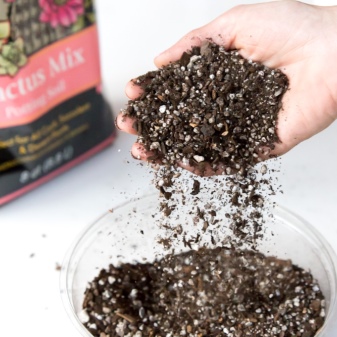
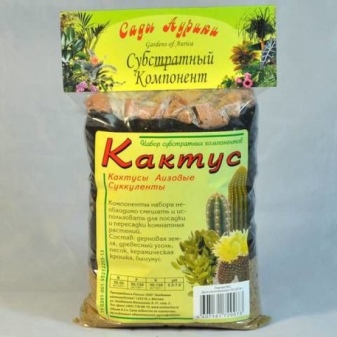
Crushed charcoal and / or fine foam fractions are introduced into this mixture as drainage elements. The drainage should also be poured into the bottom of the container in which the shoot will be grown. Here you can use crushed expanded clay, brick chips or pebbles as drainage.
A convenient plastic container of sufficient width and depth is suitable for growing cacti. Considering that these plants have a very strongly developed root system, small and small containers will not work for them. At the bottom of the selected container, holes must be made to drain the water.
Having prepared everything you need, you should carefully examine the donor plant and carefully separate the largest and strongest shoots from it. In the majority of cacti species, "children" by the time of separation already have the rudiments of roots, so it will not be difficult to disconnect them from the donor plant.
It is only important not to damage the shoot, otherwise it will not take root, and the donor plant may get sick.
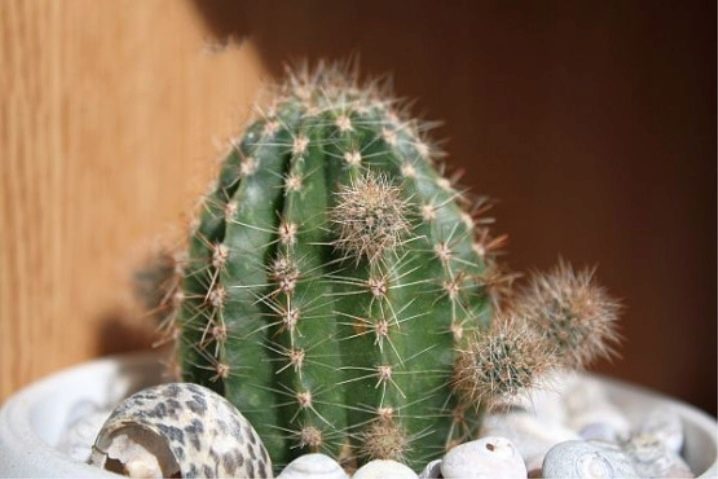
In some cases, when the “baby” has no roots and is tightly attached to the mother plant, it is cut off with a sharp blade. After this, the cut sites are treated with activated carbon powder, and the process itself is placed in a dark place for a couple of days. When the cut site dries up a little, they start planting the appendage.
Before planting, a shallow hole is made in the surface of the substrate and the "baby" is placed there with a cut down. In this case, it is not necessary to dig in a shoot without roots. If the "baby" has root rudiments, they are carefully straightened with a thin stick, the roots are lightly sprinkled with sand or vermiculite, and the soil is gently pressed down, fixing the process in a stable position. The roots should not be heavily covered, otherwise they will not be able to fully develop.
The container with "children" after transplantation should be removed for 2-3 days in a dark place. The first watering of the surviving shoots is recommended not earlier than after 5-7 days.

If the procedure is performed correctly, then very soon the "kids" will take root, after which they can be seated in more spacious containers.
The fact that the "baby" feels well after the transplant will be evidenced by her healthy appearance and gradual growth.
Cuttings
Types of cacti that do not form shoots are bred by cuttings. Only healthy and well-developed specimens are suitable for this method.
In this case, you can get a viable cutting by cutting off the top. Cutting is carried out with a tool with a sharp blade, pretreated with any alcohol-containing agent. The place of the cut on the plant and the cuttings is also disinfected.... Besides, the cut of the cutting is additionally treated with a solution of a root formation stimulator.
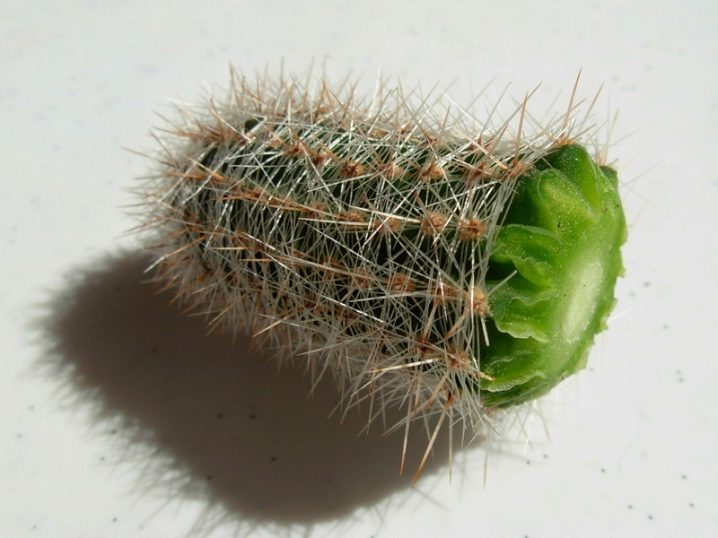
After cutting, you cannot immediately plant the cutting in the substrate. After processing the planting material with disinfecting and stimulating drugs, it is removed for several (5–6) days in a dry and dark place, fixing it in an upright position. This procedure is necessary so that the cut site can dry out a little. This is an important condition for the prevention of rot.
The planting of the cuttings is carried out in the same way as the planting of "children", lightly sprinkling the lower part. Cuttings that are too long are fixed on a wooden or plastic support. To root the apical part of the cactus, use the same composition of the substrate as in the case of planting the shoots.

It is necessary to plant the cutting in the substrate vertically. This position will prevent the massive formation of lateral roots and, as a result, the uneven development of the young plant.
How to propagate by seed?
Breeding cacti is also feasible by seed. Despite the fact that this method is fraught with certain difficulties, flower growers often resort to it. The seed method allows cactus lovers to easily experiment with planting material of new and little-known varieties, getting unique specimens for their collection. At the same time, the disadvantages of this method include low productivity, which is expressed in the weak germination of seedlings.
To breed cacti with seeds, you need high-quality and viable planting material. It can be purchased from a reliable flower shop, or you can get it yourself from fruits that have formed on a mature plant.
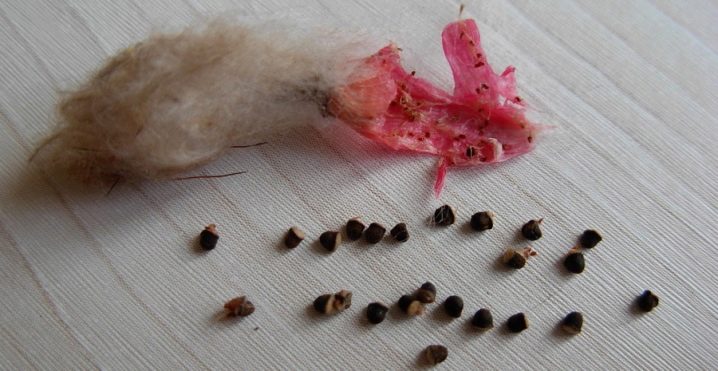
In order to germinate the seeds of these exotics, you must do the following:
- on the eve of sowing, the seeds should be soaked in water for a day;
- after soaking, soak the seeds for 10 minutes in a solution of potassium permanganate;
- after processing, dry the planting material and start sowing.
Before sowing, it is necessary to prepare a loose and light soil mixture, consisting of fertile soil, turf, coarse sand and crushed charcoal. The resulting substrate is poured over the drainage layer laid on the bottom of the planting tank.
After that, the container filled with the substrate is placed in a tray with water. This will wet the lower layers of the substrate and provide the seeds with the moisture necessary for germination.
Sowing seeds is carried out in shallow grooves or simply laid out on the surface of the substrate. You do not need to fill up the seeds or press them into the substrate. After sowing, the container is covered with glass or covered with a film to ensure the optimal temperature and humidity required for the germination of the planting material.
It is important to ensure that the temperature in the room where cactus seeds germinate is stable at a level of + 25-30 °. Strong temperature changes must be avoided.
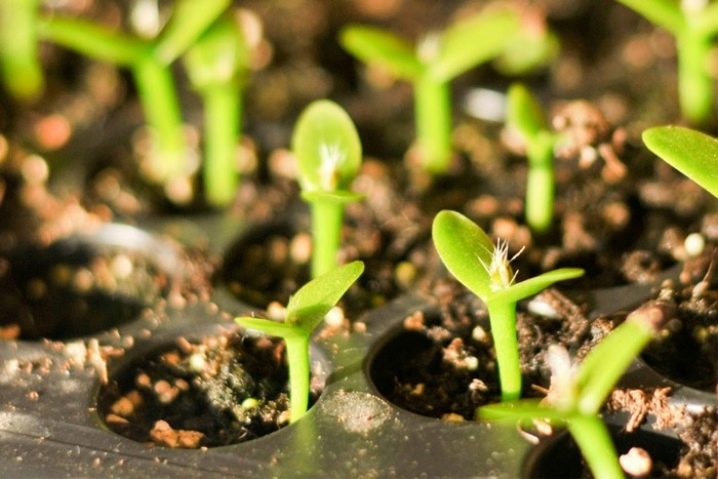
The germination rate of the planting material depends on the species characteristics and plant variety. TThus, the seeds of some types of cacti - for example, astrophytums - germinate within a few days after sowing, others (in particular, prickly pears) - after a few weeks. When the seedlings grow to the size of a pea, they should be planted in separate pots. The recommended frequency of watering young plants is once every 3-4 days.
How to vaccinate?
Vaccination is considered one of the most time consuming and difficult methods of breeding cacti, which is resorted to in extreme cases. Usually this method is used:
- when it is necessary to stimulate the development and flowering of the plant;
- a new hybrid is required;
- to save a decaying plant.
The most suitable time for this procedure is the spring-summer period, when the plants are in the stage of active development. The essence of the grafting method is the fusion of two parts of different plants. The part to which the trimmed fragment of another plant is grafted is called the stock. The implanted part, in turn, is called the scion.
On the eve of the procedure, the stock should be well watered.Next, you need to prepare a sharp knife or scalpel. The tool blade before the procedure is necessary thoroughly treat with an alcohol-containing agent or a solution of potassium permanganate.
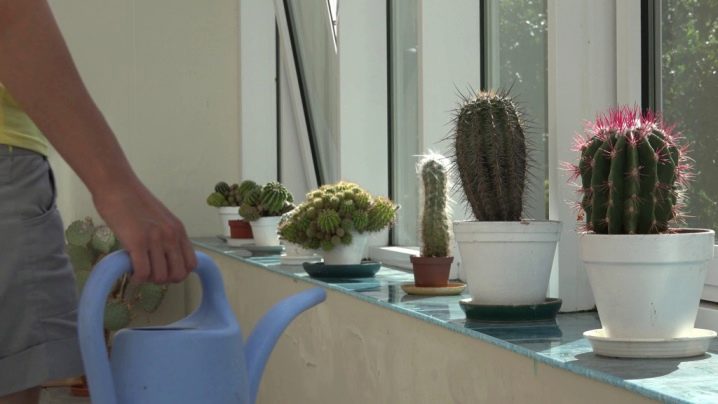
To carry out the grafting, you should cut off the apical part of the plant, which acts as a stock. From another plant, you also need to take the top, which will be used as a scion. Further, the cut parts are combined, after which a cotton disc or a piece of cloth is placed on top of the scion, and a thin rope is pulled over it and under the pot. This will ensure a tighter connection of the grafted fragments and, as a consequence, their successful fusion.
After the procedure, the plant is placed in a warm place where the temperature is maintained at + 20 °. It is also important to ensure that the cactus is protected from direct sunlight after vaccination.
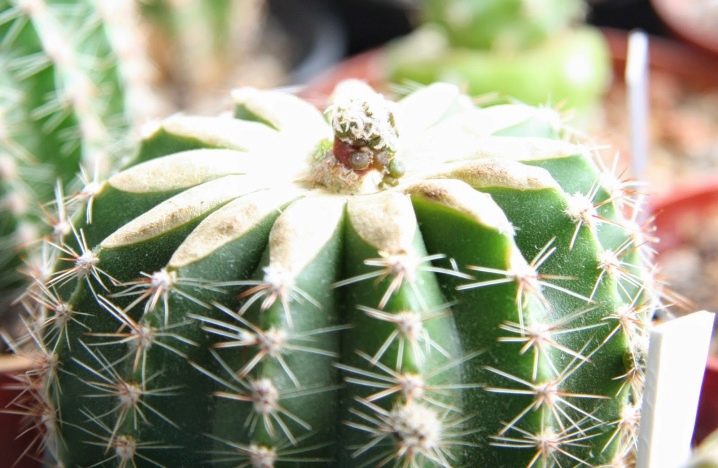
Recovery of exotic after vaccination will go more intensively if you cover it with a glass jar or a cut plastic bottle. Such an improvised greenhouse will provide the plant with an optimal temperature and humidity regime. It is recommended to ventilate this greenhouse 1-2 times a day.
Follow-up care
When breeding cacti, it is very important to strictly observe the watering regime. These plants tolerate moderate drought well, but they are very sensitive to excess moisture in the soil. Small cacti are watered in the summer 2-3 times a week, large specimens - once every 2-3 days. In winter, it is recommended to significantly reduce watering - up to 1-2 times a month.
Growing these exotic plants, it is necessary to provide them with an optimal temperature regime. Most species feel great at an air temperature of + 22-30 ° in the warm season. In winter, when the plants are in the dormant phase, the air temperature is reduced to + 10 °.

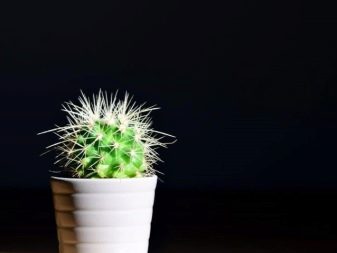
You will learn how to cut and root a cactus in the following video.























































The comment was sent successfully.